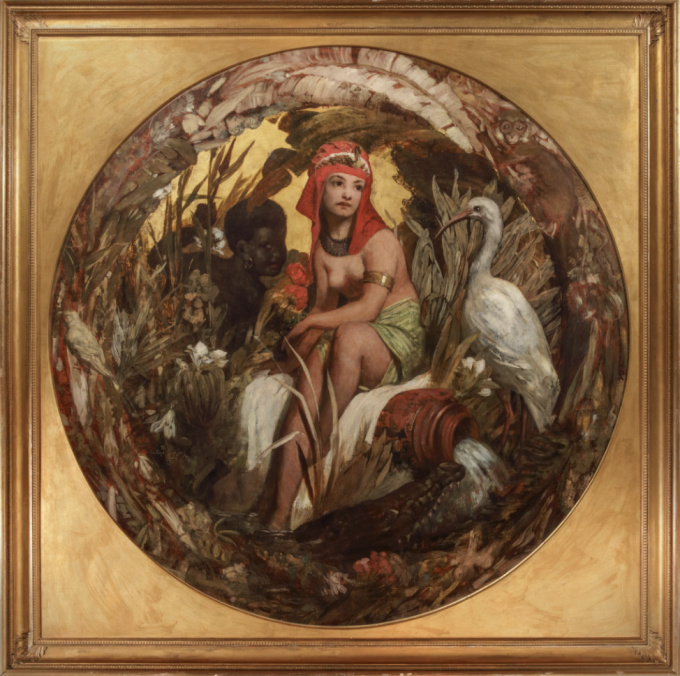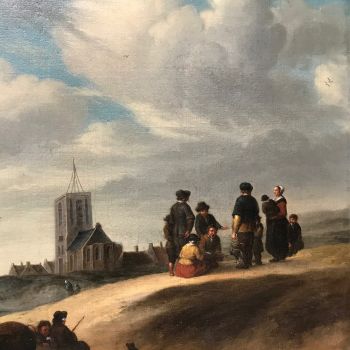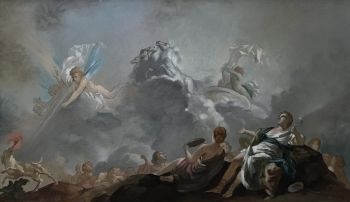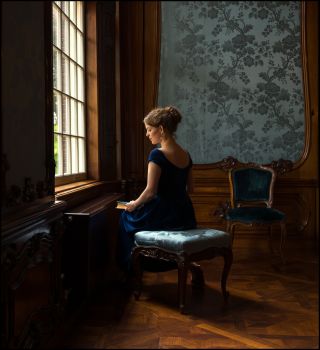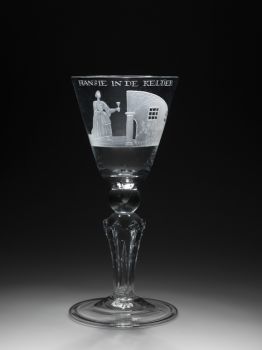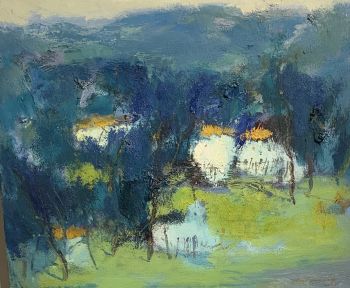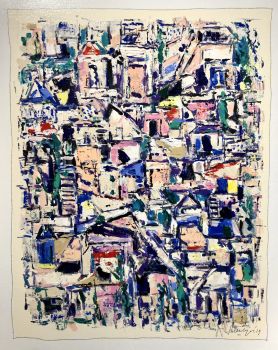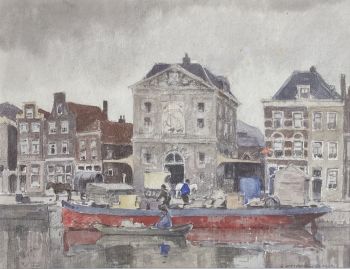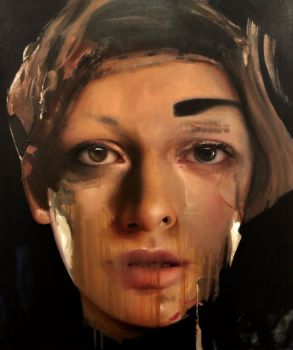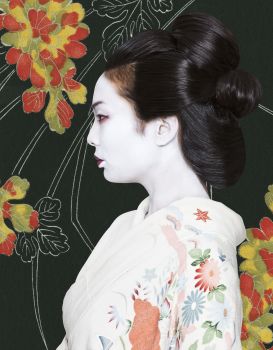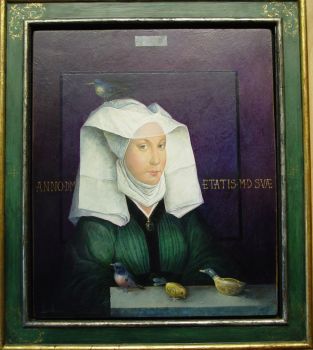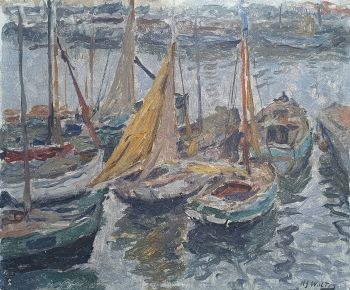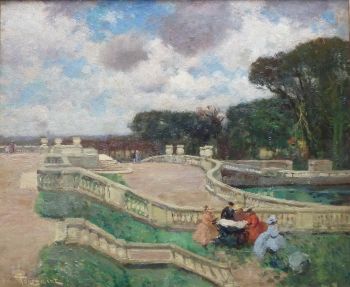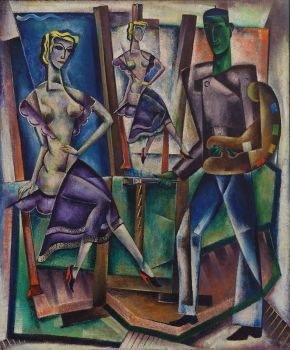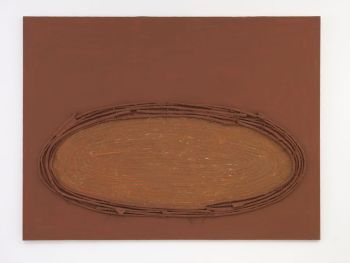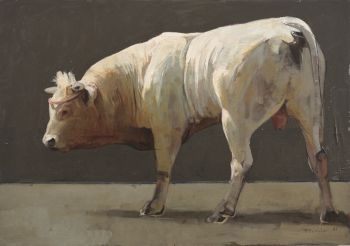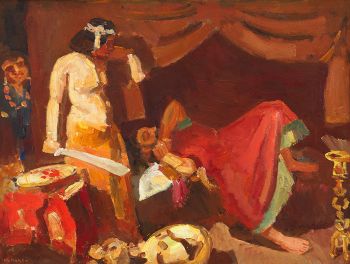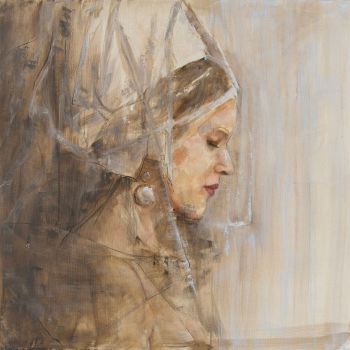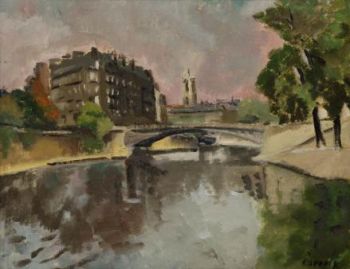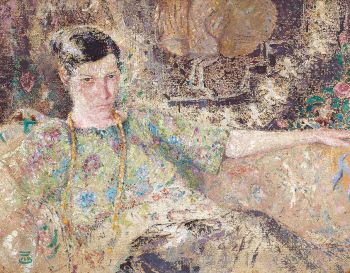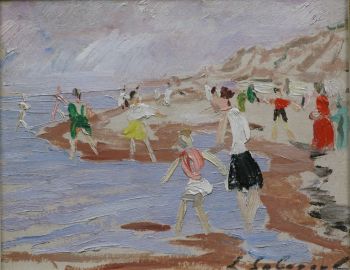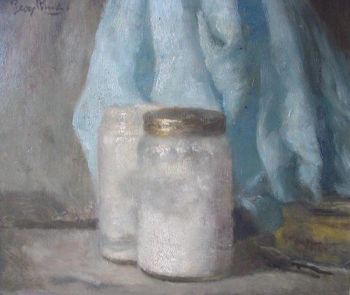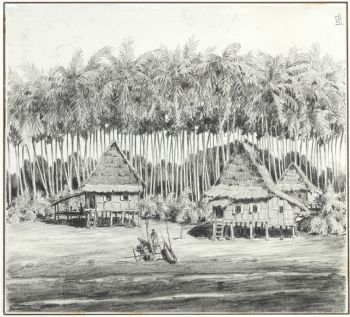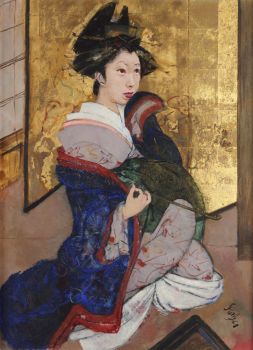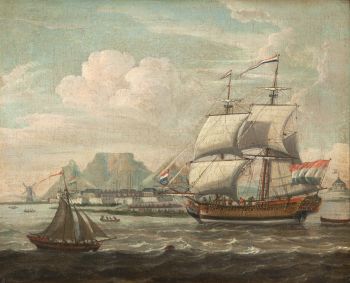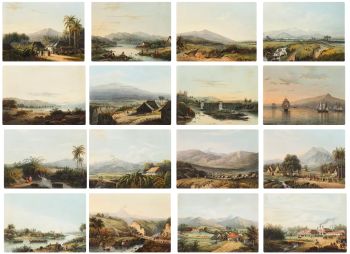‘Allegories of Africa and America’ 1872
Eduard Charlemont
TelaPittura a olioDipingere
153 ⨯ 153 cm
Prezzo su richiesta
Zebregs & Röell - Fine Art - Antiques
- A proposito di opere d'arteAllegory of Africa, signed and dated Ed. Charlemont 1872 lower left
Oil on canvas, H. 153 x W. 153 cm (each tondo)
Eduard Charlemont (1848, Vienna) was a distinguished painter. He was born in an artistic family. His father Matthias Adolf Charlemont (1820-1871) was a well-known miniature painter, his brother Hugo Charlemont (1850-1939) an impressionist landscape painter and brother Theodor Charlemont (1859-1938) a sculptor. Eduard Charlemont made name for himself only at the age of fifteen when he exhibited his works for the first time at the Academy of Fine Arts in Vienna, where he also studied. He exhibited for the first time at the Paris Salon in 1878, where he won his first prize. Charlemont was called into Hans Makarts (1840-1884) studio, who by that time was a leading figure in the artworld of Vienna and an artist luminary of the Vienna Ringstrasse era.
Charlemont developed a new and unique style based on the ‘Neo-Baroque’ style of Makart, a crossing from 16th century Venetian paintings and French Rococo painters from the 18th century. His penchant for idyllic, playful compositions, characterized by elegance, showed up as a recurring constant in the artist’s oeuvre. This style is also expressed in the tondi presented here.
The first work shows the decorative allegory of the continent Africa with its respective flora and fauna. The central female figure is arranged in an illusionistic, dreamy ideal space that functions as a projection surface for the Western fantasies that were prevalent at that time. It is a symbolic representation.
The second work, the ‘Allegory of America' stands as a testament to his enduring fascination with cultures beyond the boundaries of Europe. Within this canvas, Charlemont skillfully captures a tableau of individuals and scenes that serve as representatives of various facets of American culture. The composition is rich with symbolism, including the presence of an indigenous figure adorned with a resplendent headdress, a nod to the diverse native cultures of the Americas. Colonial influences are also discernible, as evidenced by the woman's fan, evoking echoes of European presence. Exotic flora and avian motifs further underscore the allegorical portrayal, serving as emblems of the Americas' unique biodiversity.
These works demonstrate the romantic lens through which Europeans regarded people from the colonies. They also demonstrate his adeptness in weaving together various cultural elements into a cohesive narrative. The meticulous attention to detail and the nuanced interplay of light and color are characteristic of Charlemont's signature style, allowing viewers to immerse themselves in a representation of a different culture. The fascination with his two depictions of America and Africa lasted not only during the artist's lifetime, but also to this day. The tondi remained in the collection of the composer, impresario, and art connoisseur Andrew Lloyd Webber (born in 1948 London) until the 1990s. A similar work, but an allegory on Asia, caused a battle between bidders in a French auction in 2021, resulting in a record price for paintings by Charlemont.
Provenance:
Collection Andrew Lloyd-Webber, United Kingdom
Auction, Sotheby’s Billinghurst, 15 september 1999, lot 775
Private collection, Switzerland - A proposito di opere artista
Eduard Charlemont nacque a Vienna, capitale dell'Impero austriaco, nel 1848. Anche suo padre, Matthias Adolf Charlemont, era un pittore, specializzato nella pittura di ritratti in miniatura.
Suo fratello minore Hugo Charlemont (1850-1939) fu un pittore impressionista altrettanto famoso. All'età di quindici anni Charlemont espone per la prima volta le sue opere all'Accademia di Belle Arti di Vienna, dove studia belle arti. Alla stessa età Eduard Charlemont venne assunto anche da una scuola femminile per insegnare disegno.
Dopo essersi diplomato all'Accademia di Belle Arti di Vienna, Charlemont viaggiò in molti paesi dell'Europa centrale e infine si stabilì a Parigi, dove visse per i successivi trent'anni.
A Parigi, vinse più volte il primo premio del Salon di Parigi, una mostra annuale organizzata dall'Accademia francese di belle arti (francese: Académie des Beaux-Arts).
L'opera più famosa di Charlemont è Il guardiano del serraglio, ampiamente noto come Il capo moresco, raffigurante uno spadaccino moresco a guardia di un serraglio (parte di una tipica ricca villa araba, dove alloggiavano le donne quando estranei entravano in casa).
Nel 1899 vinse la medaglia d'oro all'Exposition Universelle, l'Esposizione Universale tenutasi a Parigi. Charlemont era noto anche per i suoi murales. Dipinse tre dei murali del Burgtheater (il Teatro Nazionale Austriaco di Vienna e uno dei teatri di lingua tedesca più importanti al mondo) per una lunghezza totale di circa 55 metri.
Morì a Vienna nel 1906.
Sei interessato ad acquistare questa opera d'arte?
Artwork details
Related artworks
Peter Paul Rubens (circle of)
Portrait of a man dressed up as an oriental man1620 - 1630
Precio a consultarGallerease Selected
Artista Desconocido
A Surinam-themed Amsterdam long-case clock1746 - 1756
Precio a consultarZebregs & Röell - Fine Art - Antiques
 curada por
curada porGallerease Magazine
Artista Desconocido
A superb Indonesian royal gem-set gold overlaid silver betel box19th century
Precio a consultarZebregs & Röell - Fine Art - Antiques
Artista Desconocido
Een Gotische zuidelijke Nederlanden wandklok1580 - 1590
Precio a consultarNico van den Assem restauratie
Artista Desconocido
A Dutch colonial Indonesian betel box with gold mounts1750 - 1800
Precio a consultarZebregs & Röell - Fine Art - Antiques
1 - 4 / 24- 1 - 4 / 24
Artista Desconocido
A large wall map of Asia by Nicolas de Fer 1647 - 1720
Precio a consultarZebregs & Röell - Fine Art - Antiques
1 - 4 / 17Marcel Jefferys
Jeune femme au collier dans un intérieur1890 - 1922
Precio a consultarStudio 2000 Art Gallery
1 - 4 / 24Artista Desconocido
A superb Indonesian royal gem-set gold overlaid silver betel box19th century
Precio a consultarZebregs & Röell - Fine Art - Antiques
Dutch School
Llegada de un holandés de las Indias Orientales a Table Bay18th century
Precio a consultarZebregs & Röell - Fine Art - Antiques
Abraham Salm
Twenty-four chromolithographs of Java after A. Salm”1801 - 1876
Precio a consultarZebregs & Röell - Fine Art - Antiques
1 - 4 / 12

